 |
|
GPS 2F-11 (Atlas V) 31 October 2015 |
Space Launch Complex 41 Cape Canaveral Air Force Station |
A United Launch Alliance Atlas V rocket launches a Global Positioning System satellite (GPS 2F-11) into orbit at 12:13 p.m. from Space Launch Complex 41 at Cape Canaveral Air Force Station on 31 October 2015. From the ULA press booklet about the launch: GPS IIF-11 is one of the next generation GPS satellites, incorporating various improvements to provide greater accuracy, increased signals, and enhanced performance for users.
|
|
 |
|
| One of two Blackhawk helicopters from nearby Patrick Air Force Base perform surveillance duty around the pad. | |
 |
|
| Note the observer looking out the window. | |
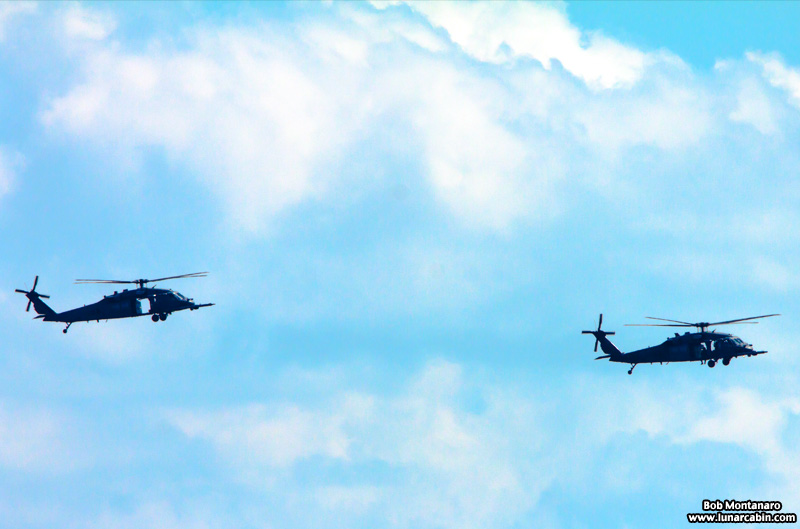 |
|
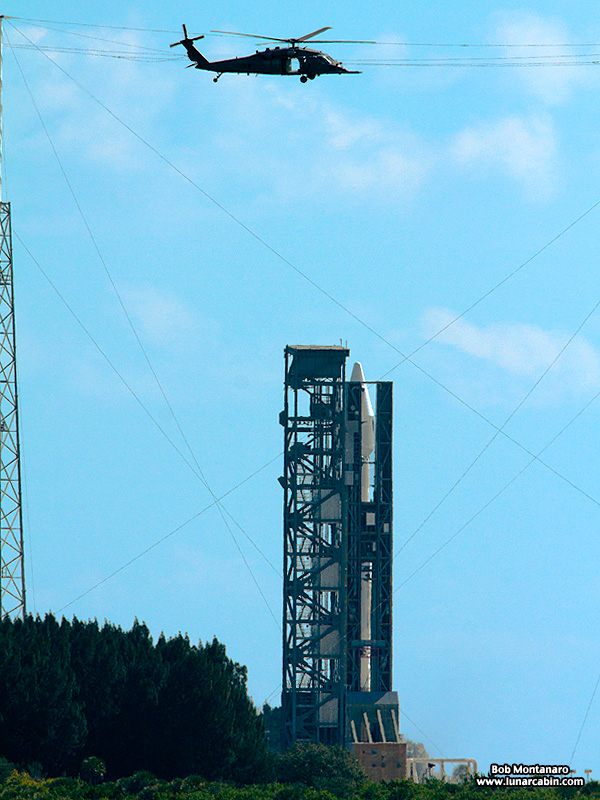 |
|
| Timing it just right, the two helicopters passed near the pad moments before liftoff. Note the taller gantry under construction alongside the Launch Umbilical Tower to provide access for astronaut crews to the Boeing Starliner (CST-100) commercial spacecraft soon to be launching people from this pad atop the Atlas V rocket. | |
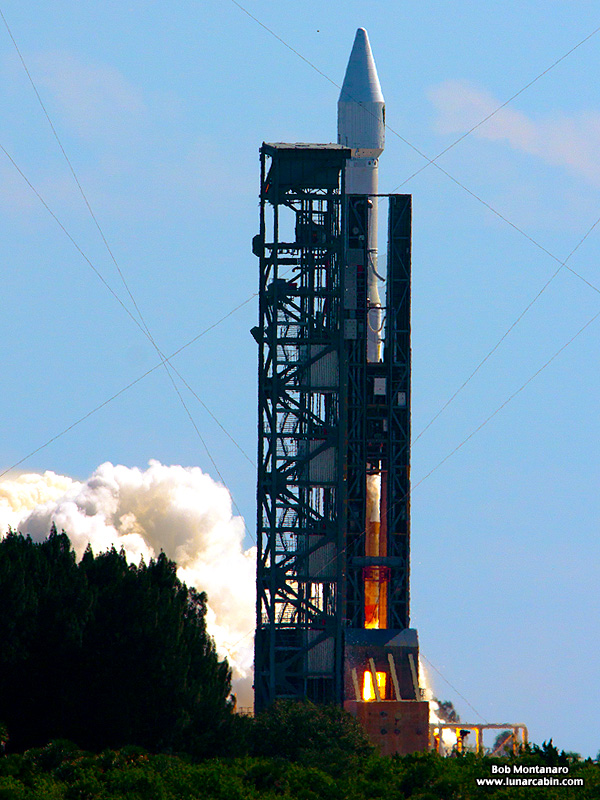 |
|
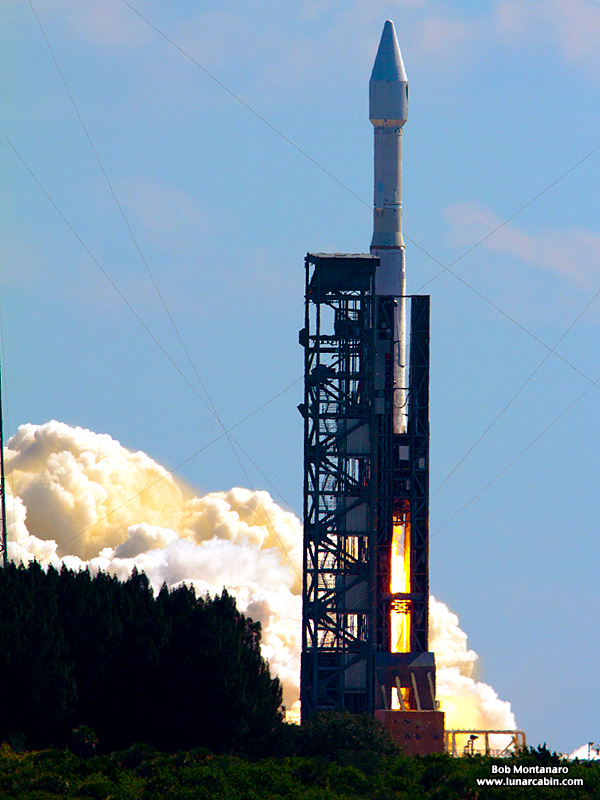 |
|
 |
|
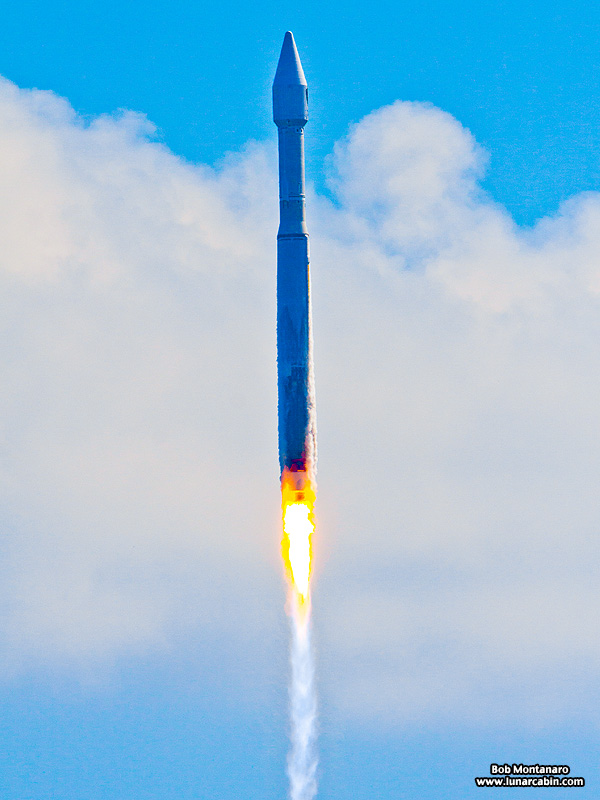 |
|
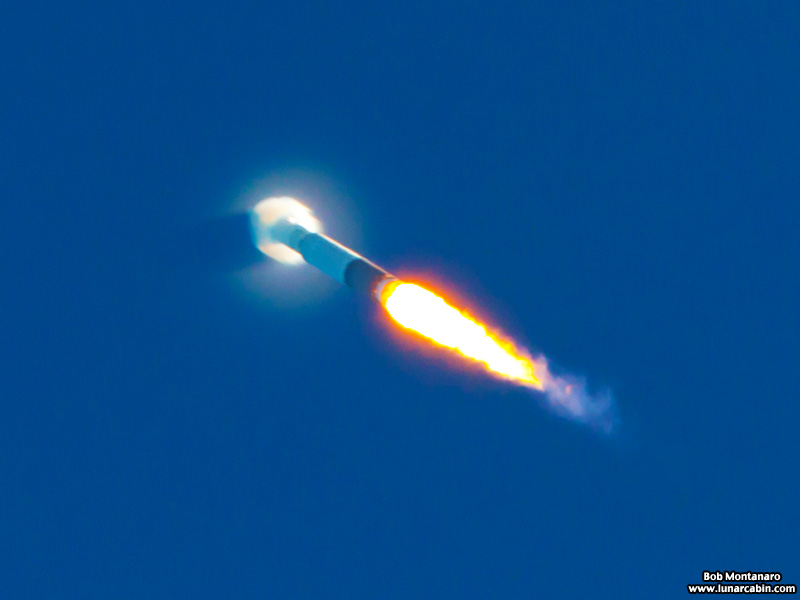 |
|
| The Atlas V breaks the sound barrier. | |
 |
|
| Mach 1 is reached approximately 78 seconds after launch momentarily enveloping the rocket in water vapor caused by the shockwave. | |
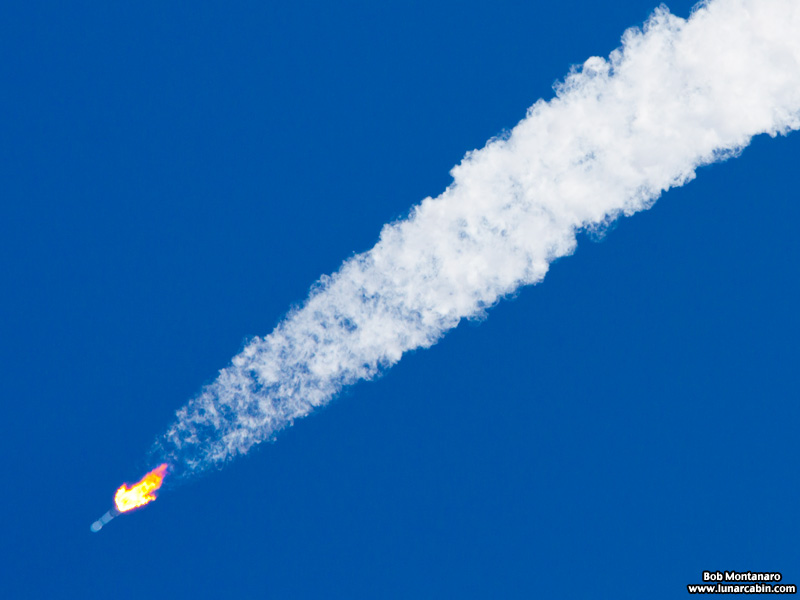 |
|
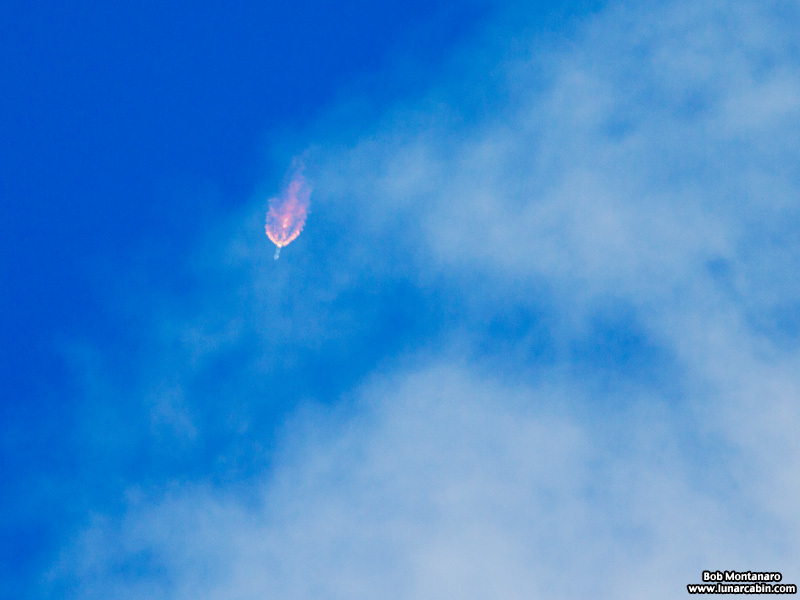 |
|
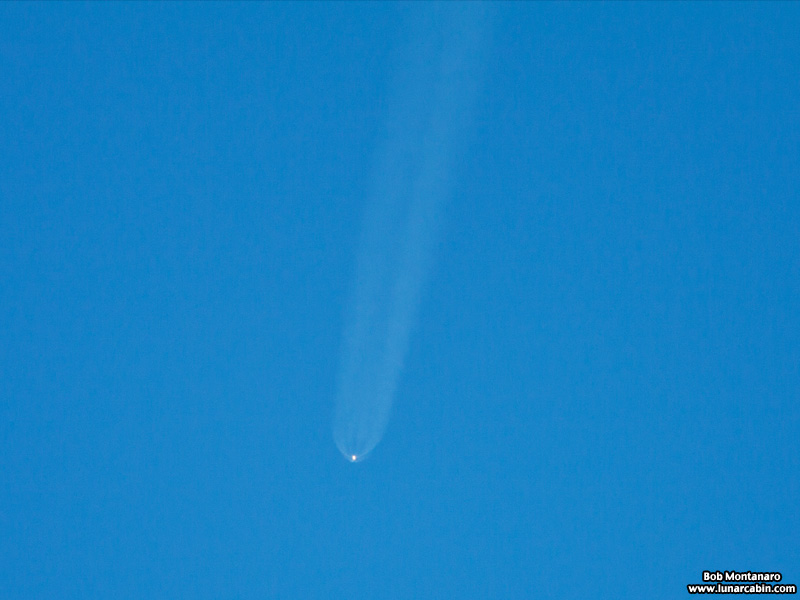 |
|
| The rocket disappears into the blue sky on its way into orbit. | |
All contents copyright Lunar Cabin |
|